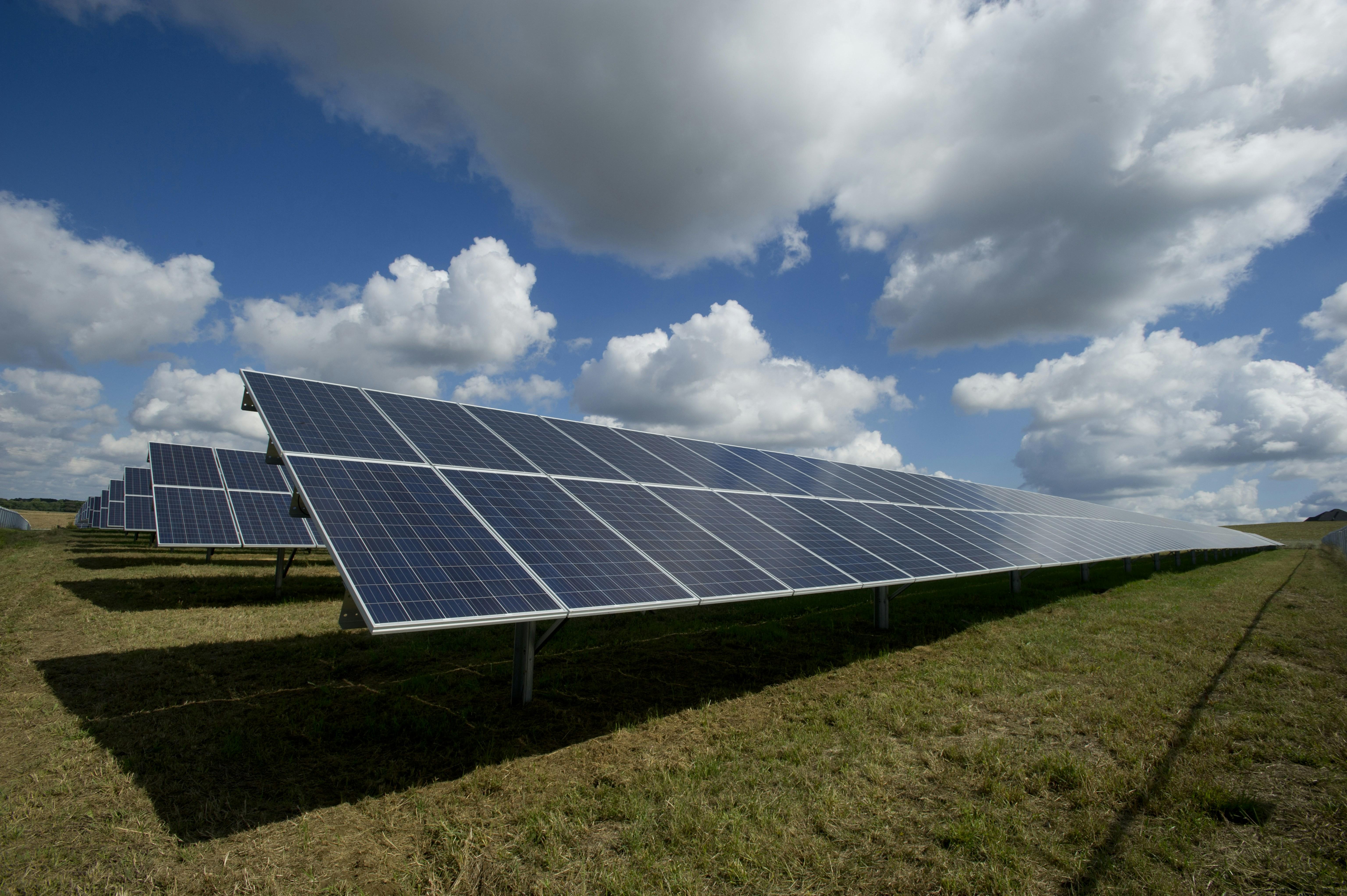In the shimmering world of solar energy, where innovation meets sustainability, a quiet yet powerful shift is occurring. As the sun rises each day, casting its golden glow across an industry poised to power the future, a new question emerges on the horizon: is vertical integration in the solar sector stifling competition? Once a fragmented mosaic of manufacturers, installers, and service providers, the solar landscape is increasingly dominated by a handful of giants, each with a hand in every part of the supply chain. This consolidation promises efficiency and lower costs, yet it also raises concerns about market dominance and innovation bottlenecks. As we embark on this exploration, we delve into the heart of an industry at a crossroads, where the pursuit of progress may be casting a shadow over the very competition that fuels its growth.
The Power Dynamics of Vertical Integration in Solar Energy
In the solar energy industry, vertical integration can be seen as a double-edged sword, bringing both opportunities and challenges to the forefront. On one hand, companies that control multiple stages of the solar production process—ranging from raw material acquisition to manufacturing and installation—can streamline operations and reduce costs. This efficiency often translates to lower prices for consumers and increased accessibility to solar technologies. Furthermore, integrated companies have the advantage of enhanced quality control and the ability to innovate across the entire value chain.
However, this consolidation of power can also stifle competition, creating barriers for smaller firms trying to enter the market. The dominance of vertically integrated giants can lead to a lack of diversity in solar solutions, as smaller companies struggle to compete on price and scale. Key concerns include:
- Market Entry Barriers: High initial costs and the need for extensive infrastructure can deter new entrants.
- Limited Innovation: With fewer players, the drive to innovate may dwindle, as dominant firms focus on protecting their established processes.
- Consumer Choice: As the market narrows, consumers may find fewer options tailored to specific needs.
While vertical integration offers a path to efficiency and market dominance, its implications for competition and innovation in the solar sector warrant careful consideration.

Unraveling the Competitive Landscape: Opportunities and Challenges
In the solar sector, vertical integration presents a unique duality of opportunities and challenges. On one hand, it offers companies the ability to streamline operations, reduce costs, and enhance product quality by controlling multiple stages of the production process. This can lead to more efficient supply chains and improved market responsiveness. Companies embracing vertical integration may benefit from:
- Enhanced control over supply chain logistics and cost management
- Improved product consistency and quality assurance
- Potentially faster innovation cycles
Conversely, this consolidation can also stifle competition, potentially leading to a less dynamic market landscape. Smaller firms may struggle to compete against fully integrated giants, resulting in decreased market diversity. Challenges that may arise include:
- Reduced market entry opportunities for new players
- Potential for monopolistic practices that could impact pricing
- Limited consumer choices due to fewer independent competitors
As the solar industry continues to evolve, the balance between leveraging integration for efficiency and fostering a competitive marketplace remains a crucial consideration.

Strategies for Fostering Innovation Amid Consolidation
In the rapidly evolving solar sector, where vertical integration is becoming increasingly prevalent, nurturing innovation can be a challenging yet crucial endeavor. Companies can consider implementing cross-departmental collaboration to stimulate creativity and new ideas. By fostering a culture where engineers, marketers, and strategists work together, businesses can create a synergy that breeds novel solutions. Additionally, leveraging external partnerships with startups or academic institutions can introduce fresh perspectives and technologies that might not emerge within the confines of a single organization.
Another effective approach is the adoption of agile methodologies. This involves encouraging teams to work in iterative cycles, allowing for quick pivots and adaptations in response to market feedback. Such a flexible framework can enable companies to experiment with new technologies and business models without the fear of substantial loss, fostering a culture of innovation even amidst consolidation. Moreover, cultivating a strong intrapreneurial environment can empower employees to take initiative and pursue new projects, further invigorating the company’s innovative capabilities.
- Encourage cross-departmental collaboration
- Leverage external partnerships
- Adopt agile methodologies
- Foster an intrapreneurial environment

Policy Pathways to Ensure a Balanced Solar Market
In the quest for a fair and competitive solar market, policymakers are tasked with implementing strategies that counteract the monopolistic tendencies of vertical integration. Regulatory frameworks can be designed to ensure transparency and fairness, fostering an environment where smaller companies can thrive alongside industry giants. A few key pathways include:
- Promoting Open Access: Encourage policies that mandate open access to solar technology innovations and grid infrastructure, allowing new entrants to compete on a level playing field.
- Incentivizing Diversity: Offer tax breaks and grants to a wider array of companies, particularly those committed to sustainable and ethical practices, to stimulate diversity in the marketplace.
- Monitoring Market Power: Establish independent bodies to regularly assess market concentration and intervene when necessary to prevent anti-competitive behavior.
By exploring these policy pathways, governments can create a balanced solar market that not only nurtures innovation but also safeguards consumer interests against the risks posed by vertical integration. The ultimate goal is a vibrant, competitive sector where diverse players contribute to a sustainable energy future.
Concluding Remarks
As we draw the curtains on this exploration of vertical integration within the solar sector, it becomes clear that this complex tapestry is woven with threads of both opportunity and challenge. On one hand, vertical integration promises streamlined operations, reduced costs, and a fortified supply chain, potentially illuminating a path towards more accessible solar energy. On the other, it raises concerns about market dominance, potentially dimming the innovative spirit that competition fosters.
Ultimately, whether vertical integration acts as a beacon of progress or a shadow over fair competition may depend on the careful balancing act performed by companies, regulators, and stakeholders alike. As the sun continues to rise on the solar industry, only time will tell if vertical integration will cast a long shadow or shine as a guiding light. In the meantime, we remain vigilant, watching the horizon for the next developments in this ever-evolving narrative.

































